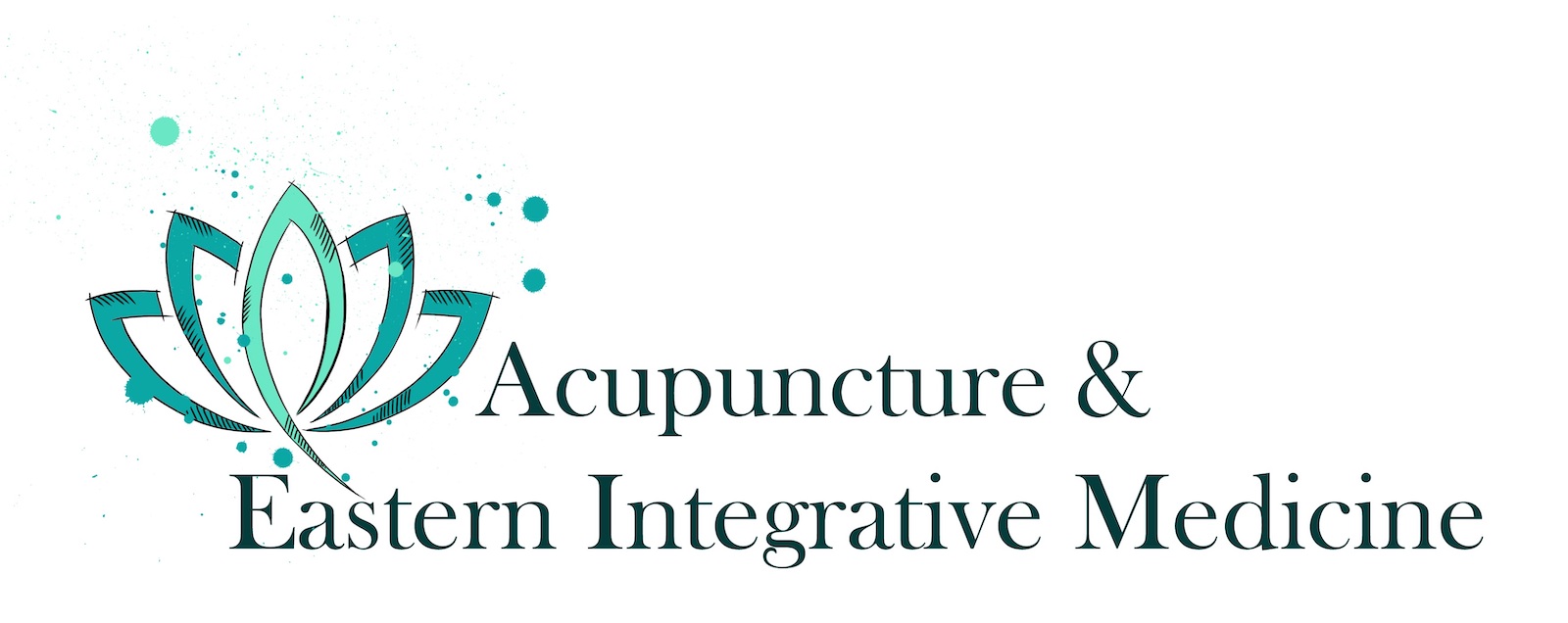-
 Acupuncture & Eastern Integrative Medicine521 Lake Ave., Suite 6
Acupuncture & Eastern Integrative Medicine521 Lake Ave., Suite 6
Lake Worth Beach, FL 33460512-791-2910 Moving to Downtown Lake Worth Beach Sept. 1, 2023
Follow us
-
Latest Articles:
- • The Best Ways to Protect Your Skin from the Sun This Summer •
- • Savoring Summer with Recipes Using the Best Summer Ingredients •
- • Top 5 Best Staycation Ideas for Summer •
Hair Thickening
A Randomized Evaluator Blinded Study of Effect of Microneedling in Androgenetic Alopecia
Dermal papilla (DP) is the site of expression of various hair growth related genes. Various researches have demonstrated the underlying importance of Wnt proteins and wound growth factors in stimulating DP associated stem cells. Microneedling works by stimulation of stem cells and inducing activation of growth factors.
A Multimodal Hair-Loss Treatment Strategy Using a New Topical Phytoactive Formulation
Introduction. Current approved medications for hair loss, such as topical minoxidil and oral finasteride, may have suboptimal efficacy or side effects precluding continued use in some patients. Thus, we report an evaluation of the efficacy, safety, and tolerability of a new topical botanical formulation -GASHEE containing over 12 phytoactive ingredients that affect multiple targets in the cascade of pathophysiologic events that cause hair loss. Five patients with various hair-loss conditions, including cases of previous treatment failures, are presented. Case Presentation. This is a case series of four women and one man with hair loss due to various causes, four of whom had failed minoxidil treatment for over a year. All patients used the topical treatment as a sole therapy for at least 3 months before the documentation of outcomes, which involved interval changes noted through each patient’s account, direct observation, and photography. Discussion. In all patients, we observed significant improvements in hair regrowth in the nape, crown, vertex, and temple areas after 3–15 months of treatment. All patients were highly satisfied with their results and reported no adverse events. Although the use of botanicals in the treatment of hair loss is in an infant stage, the new formulation used in this study demonstrated a good efficacy related to hair growth, warranting further evaluation.
Review of applications of microneedling in dermatology
Abstract
Microneedling (MN) is a novel therapeutic modality in dermatology. Through physical trauma from needle penetration, MN induces a wound healing cascade with minimal damage to the epidermis. This allows for enhancement in the absorption of mainstay topical therapies across the thick stratum corneum. MN has become increasingly utilized over the last several years as it is a relatively simple procedure that is cost-effective, well tolerated, and offers both cosmetic and therapeutic benefits. The ability to treat localized areas of disease has led to numerous studies gauging its potential in focal diseases of inflammation, dyschromia, and photodamage. This review discusses the principles and evidence behind the expanding applications of MN. It has shown promising results as an adjuvant therapy for enhanced drug delivery in the treatment of atrophic scars, alopecia, actinic keratoses, and disorders of pigmentation such as melasma. The efficacy in treatment of vitiligo remains limited. Overall, the procedure has few adverse sequelae compared to other therapies, is highly efficacious, and is a viable resurfacing option for skin of color. Future research is needed to determine the frequency, interval, and specific device settings that foster optimal results. Additionally, large controlled trials are needed to shed light on the utility of MN as an evidence-based regimen for the treatment of various dermatologic conditions.

